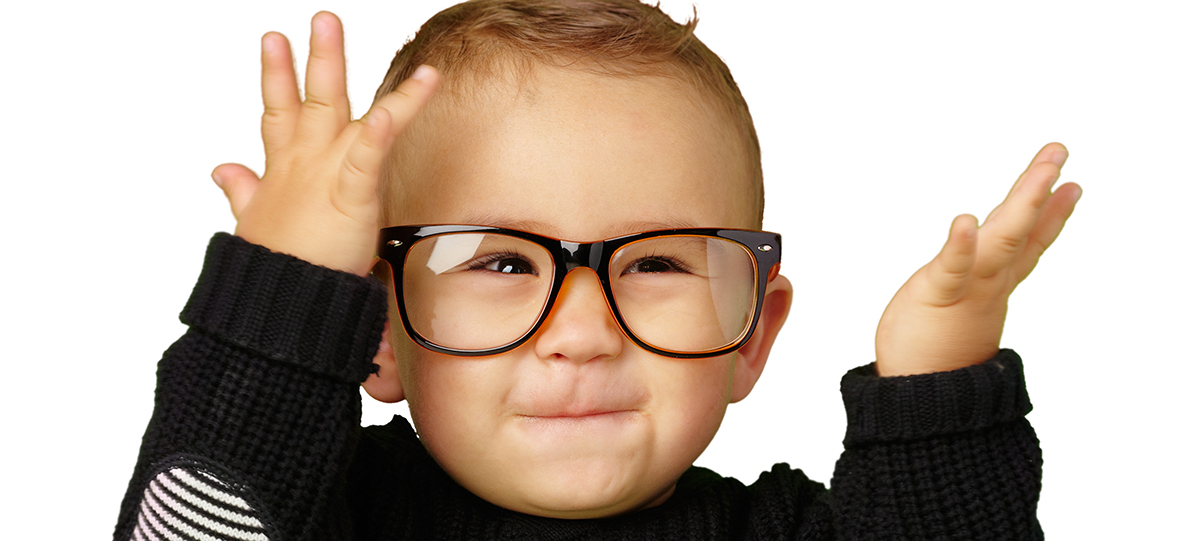
Your Baby’s Vision
Your Baby’s Vision in Tallahassee
Have you ever thought your baby’s vision right after birth? Mainly, it’s just black & white and shades of grey. The eye care professionals at Big Bend Family Eye Care knows that the distance in which they see ranges from 6″ to 18″ from their face. Over the course of the next few months of little Johnny’s life, his eyesight will constantly improve. As his eyes mature, they will continue to strengthen and develop. It is through our eyes that the majority of our learning takes place. Even though little Johnny is not doing much, every time he opens his eyes, he is taking in his surroundings. He is learning a little bit more and more about this new world around him. This gathering of information is crucial in his development. Big Bend Family Eye Care knows that your baby’s vision is very important. We specialize in pediatric eye exams.
Eye Conditions & Eye Diseases
When left unchecked, various eye conditions and/or eye diseases can be an serious issue in your child’s vision. While these issues can cause delays in the visual development, you – the mother & father are the only ones who can do anything to help.
Big Bend Family Eye Care suggests that you take the time to look into your child’s eyes as often as you can. Don’t take for granted that because your vision is fine, that hers is too. ALWAYS be on the lookout for any type of vision problem. Also, at the six month of age, they need to come in and see us for a comprehensive assessment. Lastly mom & dad, play with your child with toys that are appropriate for his age. Here is how your child’s vision will change in their first year:
Your Baby’s Vision from Birth to Four Months:
- Your baby can only focus on objects that are eight to ten inches away from their face. Their eyes mainly stay closed during this early time.Once open, it may look like they are concentrating very intently on items, but they cannot discern the different between two objects.
- At around the two month mark, the child can start to focus on mom and dad. They will also start the challenge of ‘hand-eye coordination’.
- Babies crossing their eyes at this stage is normal. The eyes are getting to work in sync with one another and the eye muscles are getting a workout.
- At three to four months, your baby should be able to track slow movements with their eyes.
From Five to Eight Months:
- During these months, control of eye movements and eye-body coordination skills continue to improve.
- Depth perception, which is the ability to judge if objects are nearer or farther away than other objects, is not present at birth. It is not until around the fifth month that the eyes are capable of working together to form a three-dimensional view of the world and begin to see in depth.
- Although an infant’s color vision is not as sensitive as an adult’s, it is generally believed that babies have good color vision by five months of age.
- Most babies start crawling at about 8 months old, which helps further develop eye-hand-foot-body coordination. Early walkers who did minimal crawling may not learn to use their eyes together as well as babies who crawl a lot.
Nine to twelve months:
- At around 9 months of age, babies begin to pull themselves up to a standing position. By 10 months of age, a baby should be able to grasp objects with thumb and forefinger.
- By twelve months of age, most babies will be crawling and trying to walk. Parents should encourage crawling rather than early walking to help the child develop better eye-hand coordination.
- Babies can now judge distances fairly well and throw things with precision.
